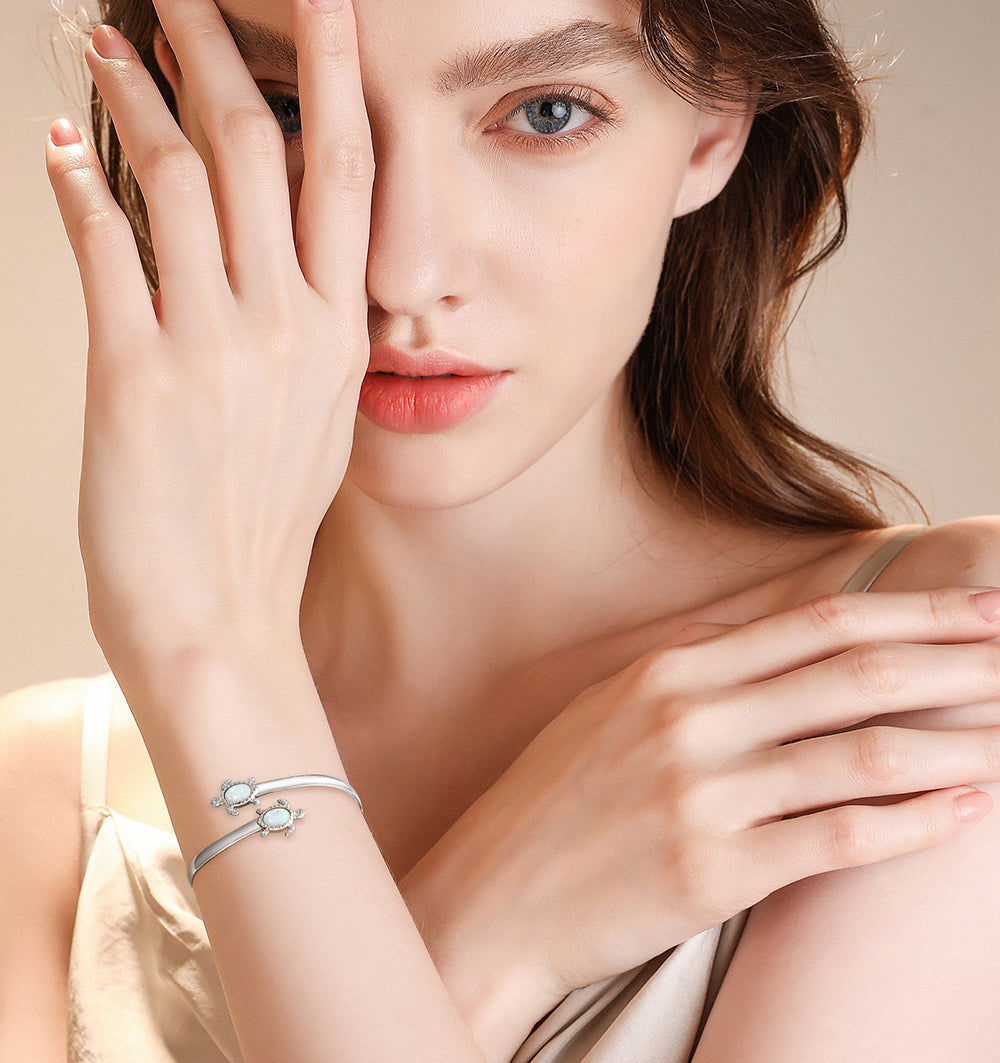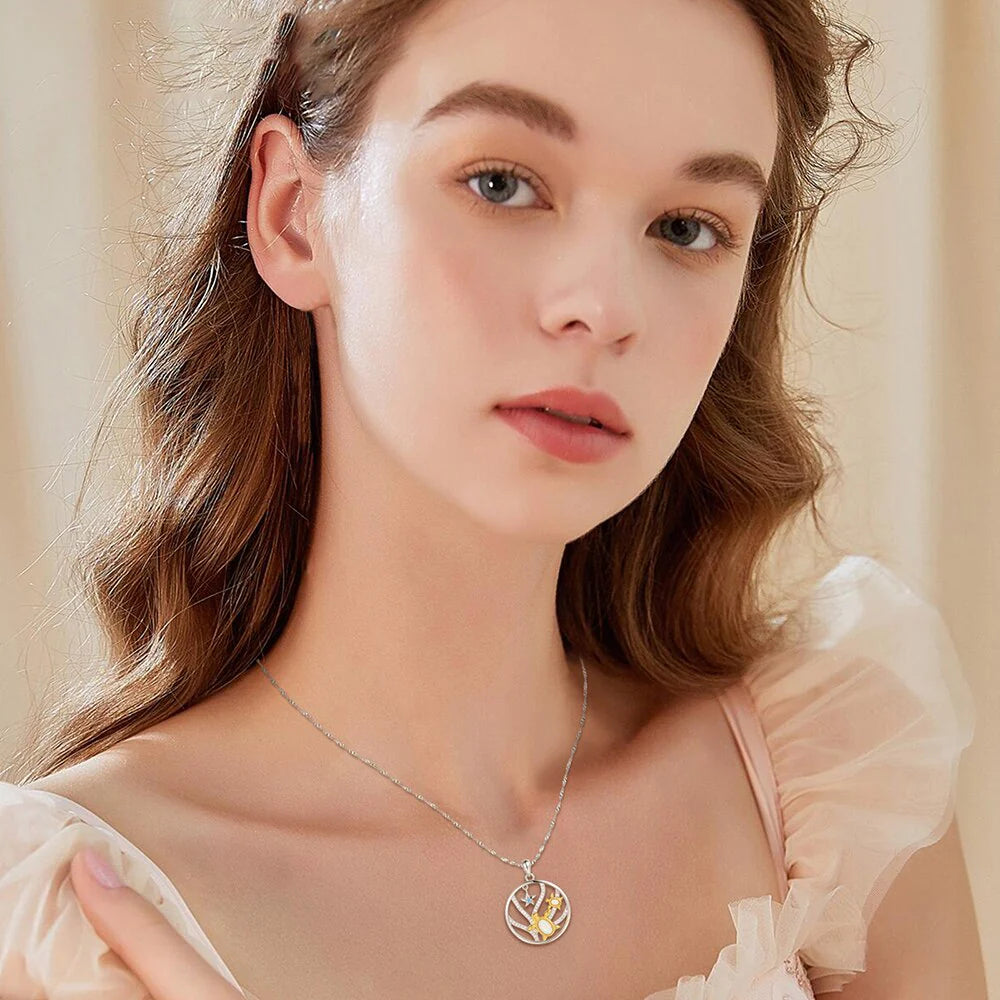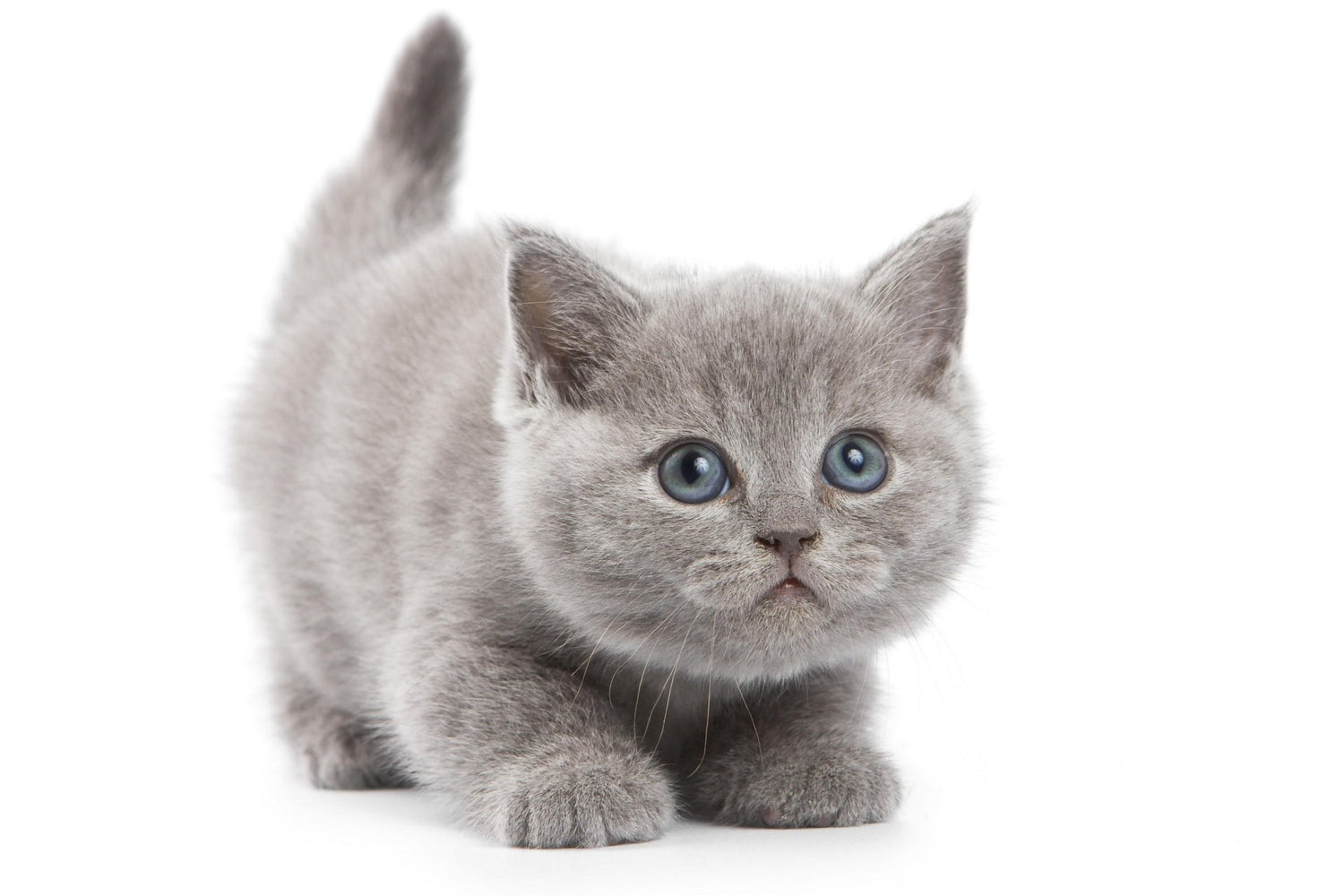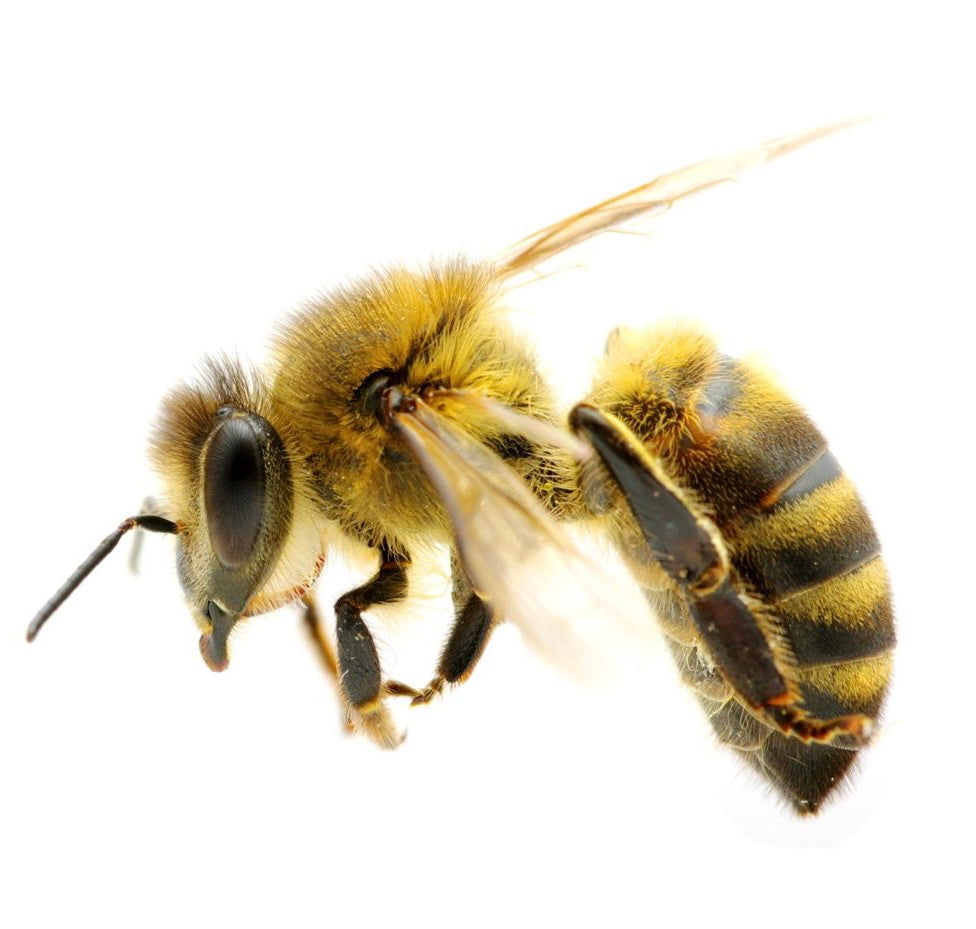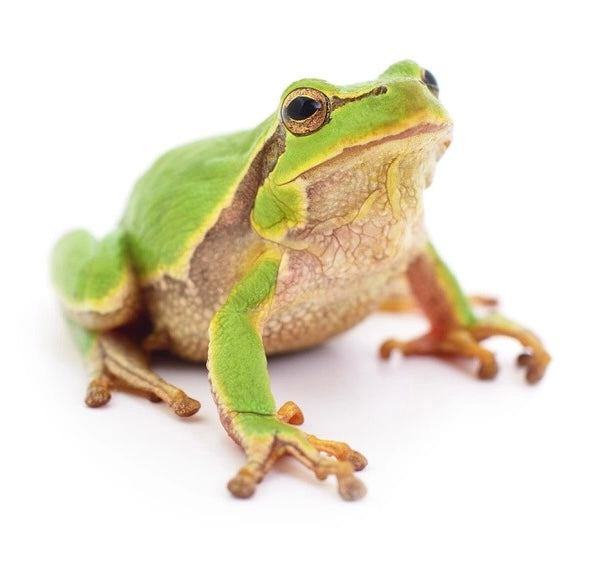Eko World Shop
925 Sterling Silver Rabbit with Carrot Earrings
925 Sterling Silver Rabbit with Carrot Earrings
Couldn't load pickup availability
Free shipping
Free shipping
Returns and exchanges within 30 days
Returns and exchanges within 30 days
Returns and exchanges up to 30 days after receiving your order!
The return can be requested within 14 days of receiving the order, and made within 30 days after receiving the order.
10% discount if you add it in the 🛒
10% discount if you add it in the 🛒
Unlock an additional discount when you buy multiple items!
The more you buy, the more you save! ❤️
The more you buy, the more you save! ❤️
The more you buy, the more you save!
Buy 2 Items with 15% discount
Buy 3 Items with 20% discount
Buy 4 Items for 25% off
The term "rabbit" is actually quite generic. In fact, it identifies seven genera ( Brachylagus, Bunolagus, Caprolagus, Nesolagus, Orycatolagus, Pentalagus ,, Poelagus, Pronolagus, Romerolagus, Sylvilagus ) belonging to the Leporidae family, Lagomorph order. To the latter belong the family of the Ochotonidae (of which the pica belong) and that of the Leporidae, which collects hares and rabbits. The only species to have been domesticated is the Oryctolagus cuniculus or European rabbit. However, some doubts still remain about when it was domesticated. According to study published in 2018 in the journal Trends in Ecology and Evolution , the widespread opinion that the domestic origins of the rabbit date back to 600 AD is not supported by historical documents, by archaeological finds or by the results of genetic investigations.
This animal appears to be one of the most recently domesticated species. "It is probably for this reason that the rabbit has retained much of its wild nature ", explains to OggiScienza Dario d'Ovidio, a veterinarian who deals with unconventional pets and specializes in small mammal medicine through the European College of Zoological Medicine. .
In nature, the European rabbit is essentially a prey animal, an excellent meal for a large number of predators from birds of prey to carnivorous degrees. It is also the only social leporid . As explained in an article from 2016, it forms with its similar large, territorially delimited groups (the "rabbit hutches"), with a dominant male and several subordinate females and males; the hierarchy is strictly linear both between males and females. The sociability and prey nature of the rabbit are two essential aspects to consider when choosing to welcome one at home, because it is precisely on the basis of these ethological characteristics that the correct management of the animal can be set up.

Two is better ... but with some precautions
“It is highly advisable to welcome at least one pair of rabbits. In company, rabbits play, chase each other and satisfy all the most important ethological needs; this helps to keep them active and prevents pathologies linked to sedentary lifestyle », explains d'Ovidio. «The ideal couples are those male-female or female-female although, depending on the case, two males can also get along: the interaction is always to be evaluated based on the personality and experiences of the different individuals. Furthermore, it is important to take rabbits from the same social group, even better if from the same family ». Rabbits raised together, in fact, are more likely to get along, while they can be very aggressive with new individuals and bites, in the event of a fight, can cause serious injuries.
«You have to be very careful when introducing a new rabbit into a house that already hosts one (or more than one). The insertion must be cautious : the first encounters with the newcomer must take place in a neutral territory, far from that normally inhabited by the "first comer" of the house. It is also good to avoid direct contact, letting the rabbits know each other through, for example, a fence or separate cages and moving them away from each other at the first sign of hostility; friendly interactions can be encouraged with positive reinforcement and by trying to create pleasant situations in which the two individuals can interact and get used to each other's presence, for example by putting them next to each other and stroking them, ”continues the veterinarian. “But the insertion process cannot be thought of as immediate. Instead, it must happen gradually and can take weeks or even months; moreover, it is not certain that it will be successful ».
The characteristic territoriality of rabbits is often maintained even in sterilized or neutered individuals, especially in females, because it is a behavior that derives from the defense of the nest. In any case, sterilization or castration remains fundamental both to prevent the reproduction of a notoriously very fertile species and to prevent territoriality strictly linked to reproductive behavior. «Not unlike what happens for example in dogs, gonadectomy eliminates the effects of sex hormones, but much of the behavior still depends on the nature and habits of the individual rabbit. It remains an absolutely recommended practice, which must be carried out upon reaching sexual maturity, between six and eight months of age, to prevent litters and some diseases of the reproductive system. Female rabbits, in particular, have an important hormonal cycle and are easily prone to tumors of the uterus », explains d'Ovidio.
And with the other animals?
«Many are surprised that the rabbit is able to create very strong bonds with people, but this reflects its social nature: it seeks interaction. Especially in the absence of a conspecific, rabbits actively seek interaction with the owner and other family members, including if other pets are present, 'continues the veterinarian. Of course, a lot depends on the nature of the individual and which other animals live in the house.
"The literature on the subject is still scarce, but in terms of personal experience I can say that rabbits can relate very well with cats, while interaction with dogs can be difficult if the dog is large and impetuous." Furthermore, coexistence with the ferret, which was selected precisely for rabbit hunting, is not recommended.

30 DAY MONEY BACK GUARANTEE
are you not satisfied with your purchase? You will have the option to return it and receive a full refund within 30 days of payment.


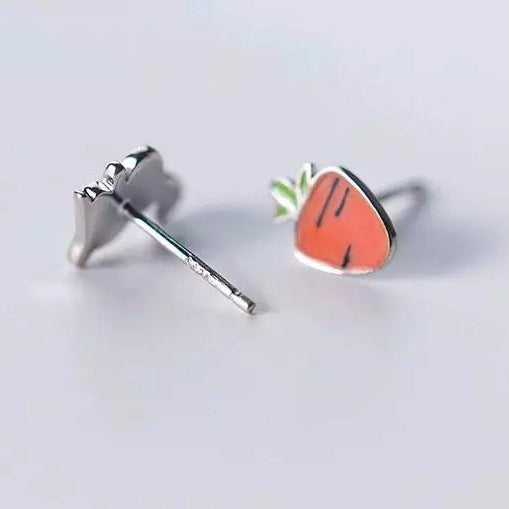
Discover all the jewels
-

Tree of Life
The Tree of Life commonly represents the interconnectedness of everything in the...
-

The magic of Flowers
Floriography is the 'language of flowers'. Dating back to the Victorian times...
-

World Fruit Jewels
Jewels in 925 Silver and Natural Stones inspired by the world of...
-

Animal Kingdom
The animal kingdom has been a rich source of inspiration for jewellery...

Turtle ring
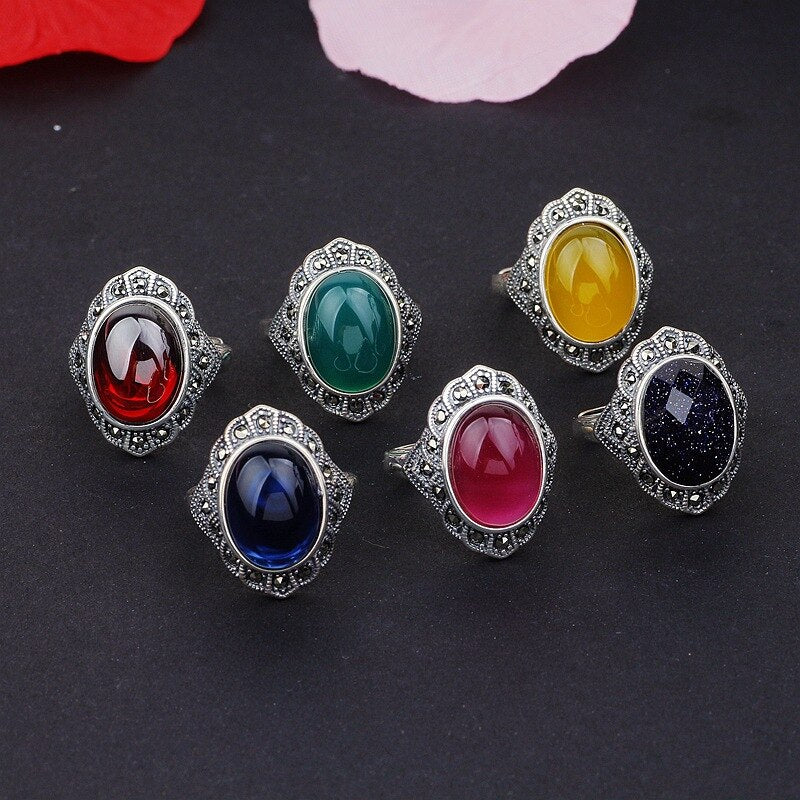
Natural Stone Ring

Dragonfly earrings
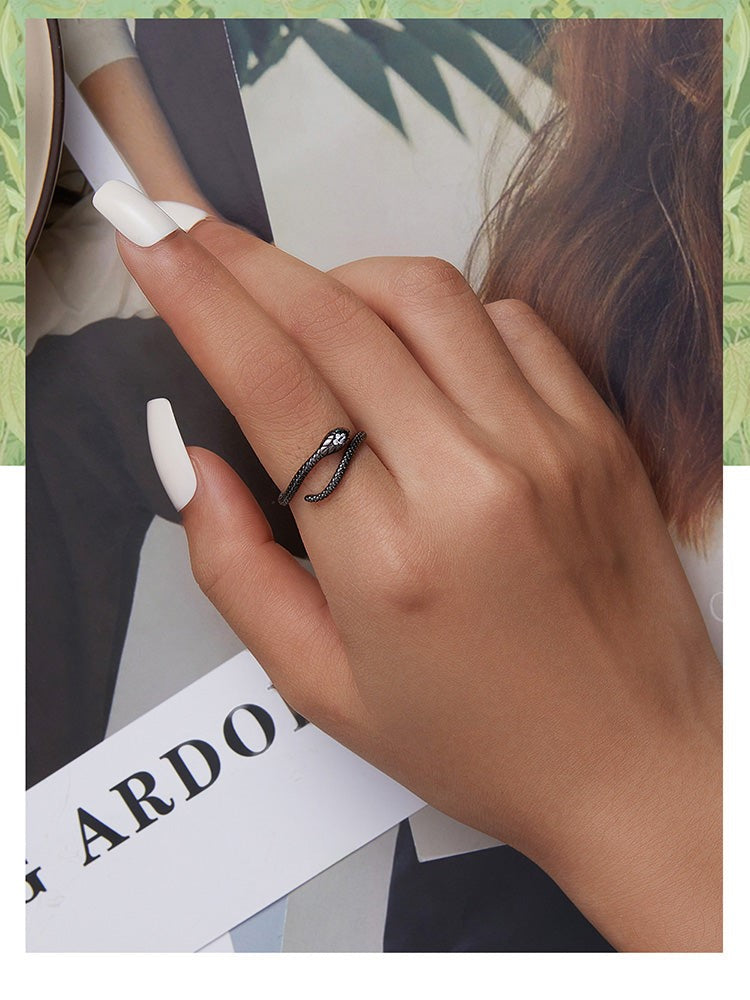
Serpent Ring

Donut Charm
Popular caregories ...
View all-

Lotus flower
Lotus Flower Inspired Jewelery ...
-

Plum blossom
Jewelery inspired by the Plum Blossom
-

Sakura flowers
Sakura flower inspired jewelry ...
-

Guaranteed quality
Over 25,000 satisfied customers worldwide. -

Secure payment
We entrust the management of our online payments to Stripe and Paypal , 100% safe. -

Money Back Guarantee
Returns are possible up to 30 days from receipt of the items.

4,98 su 5 stelle
Basato su oltre 300 Recensioni.
Visualizzane una selezione o inviaci una tua foto per ottenere un Buono da 10 €









